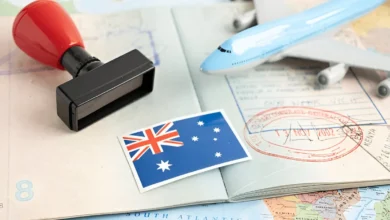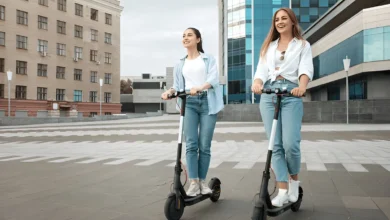
At a time in which everything is becoming digital, not much is as analog as a walk in the woods or a bicycle tour over the weekend. But even nature is being transformed by a quiet yet potent revolution, not just in consumer gadgets, but also in algorithmic mapping, real-time terrain information, and user-generated trail data.
The era of folded maps and unclear signs is quickly becoming a memory, being replaced by animated apps that not only show you where to go but also how to get there, based on your fitness level, hobbies, and even the weather.
The ecosystems of platforms that blur the boundaries between map and place are leaders in this dynamic area, having begun to combine technical precision with human wisdom.
The Shortcomings of Traditional GPS in Outdoor Environments
Although Google Maps and Apple Maps have transformed urban transportation, they offer little to users in the backcountry, on a hiking trail, or an out-of-the-way bike trail. The majority of GPS-enabled apps are efficient on the roads and make their way around cities, but do not consider hiking factors, such as altitude level, surface material, or topography.
Outdoor adventurers often need more nuanced answers:
- Is the trail muddy this time of year?
- Are dogs allowed along the ridge path?
- What’s the gradient on that final ascent?
- Can this gravel road handle a touring bike?
This drawback in traditional navigation applications in the outdoors generated the necessity for the development of a new generation of mapping tools, whose hardware and software were specifically tailored to the task of parsing not only the physical geography but also the human experience.
How Intelligent Route Engines Work
More advanced route planning is what distinguishes outdoor navigation platforms. Modern systems, in place of fixed routes, operate a mixture of:
- OpenStreetMap datasets
- High-resolution elevation models
- Community-uploaded photos and route logs
- Fitness profiles (hiker, runner, cyclist, gravel biker, etc.)
- Real-time trail updates
All these are inputs to algorithms that suggest the best route, depending on the mode of movement chosen by the user, the intensity of their desires, available daylight, and the gear. A gravel riding route will be quite different from that of a trail runner or a parent with a stroller.
This kind of differentiation is not only a valuable convenience in everyday life, but also a safety measure.
Offline Functionality: A Critical Requirement
Cell penetration in rural areas is notoriously poor. Any outdoor navigation application that cannot be used offline may keep people stranded or off track.
Recent systems are thus designed to enable map pre-loading, GPS tracking alone, battery-friendly directions, and typically include voice, turn-by-turn visual details, and perceived effort levels.
Before taking off, users may mark waypoints, emergency exits, and rest points. These are characteristics that determine whether one will have a pleasant day trip or face a possible dangerous misjudgment.
Community Data as a Trust Signal
Another important aspect of next-gen mapping is crowdsourced insights. Although topography is less likely to vary, the state of trails usually does, and local experience more often beats formal records.
Platforms increasingly rely on:
- Photos from recent users
- Heatmaps showing popular or avoided paths
- Comments about trail closures, wildlife activity, or seasonal hazards
- Suggested detours during flood or fire seasons
Such an organic trail intelligence will contribute to converting a good map into a smart outdoor guide. It also promotes a feedback cycle: users derive value and, in turn, leave a contribution, which continues to add to the map database.
The example of such an app is Komoot, combines user reviews, areas of interest, and recommended laps with the help of a user-friendly interface. For budget-conscious explorers, deals like a Komoot Discount code offer an affordable way to access premium features, such as multi-region map downloads and 3D elevation previews.
The Broader Implications for GIS and App Development
The influx of outdoor navigation provides attractive technical possibilities to developers and geospatial analysts. It combines space-based data science with mobile user experience, sensor, and cloud personalization.
Open elevation data, real-time GPS interpolation, APIs to support routing engines, and APIs to support waypoint navigation are popular. Design principles have to consider:
- Limited screen usage in high-glare environments
- Glove-friendly touch zones
- Map legibility in remote light conditions
- Integration with smartwatches, bike computers, and satellite messengers
Furthermore, social features are not that important to user retention in this space, as trust and reliability, which is quite an unusual emphasis in a mobile market, do.













